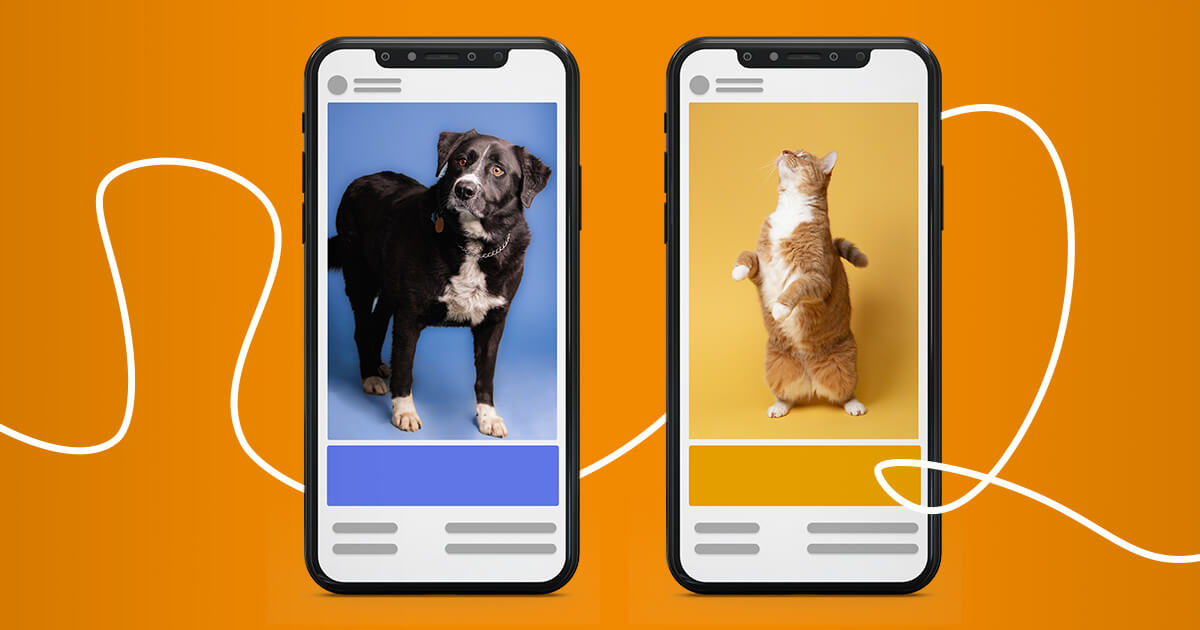-
Pick a variable
After you’ve collected the right data, you have to decide on the dynamic part of your email. What is it that you want different subscribers to see?
Don’t try to change all the blocks — it’ll just start to look like a totally different email campaign. Only pick the blocks you need. Resist the urge to make the most of email templates and use every customization tool available.
-
Choose segments
Now you have to pick segments among your subscribers to decide who gets what version of an email. Segmentation helps create more personalized messages, it is basically sending the right emails to the right people.
You can segment by age, gender, location, behavior and pretty much anything else we’ve listed above (even the Zodiac signs if your subscribers believe in astrology — or just for fun).
Segmentation long precedes dynamic content and begins at the stage of gathering data. Use website registration forms, analytical tools (Google Analytics, for example), surveys or past purchase history to know more about your subscribers and spot segments.
-
Use tags to make your content dynamic
In Selzy, you can use merge tags as variables to segment your audience. Merge tags are unique pieces of information that correspond to user data stored in Selzy. When you send a campaign, our ESP replaces the tag with the corresponding bit of data. It can be your subscribers’ names, contact information, links, dates.
You can also use system tags or create customized ones — meaning you can pick any variable you want for your email marketing campaigns.

























